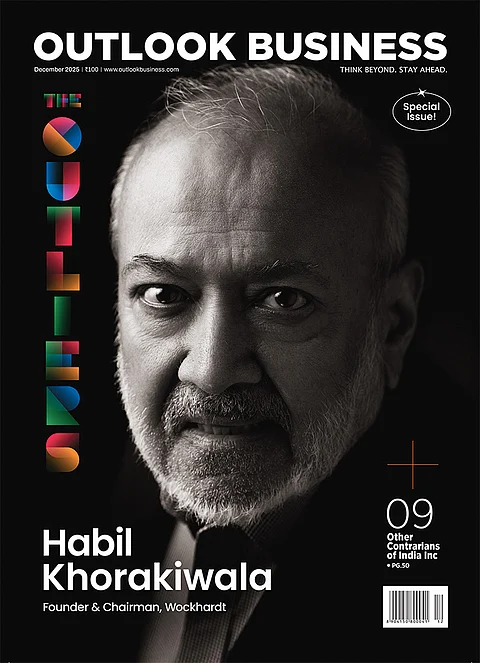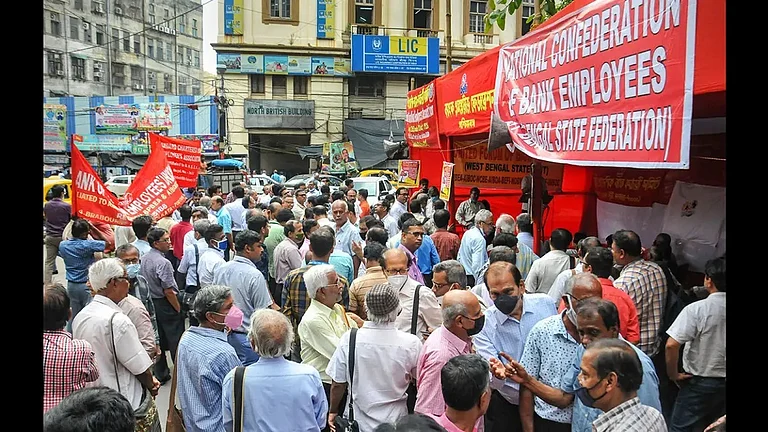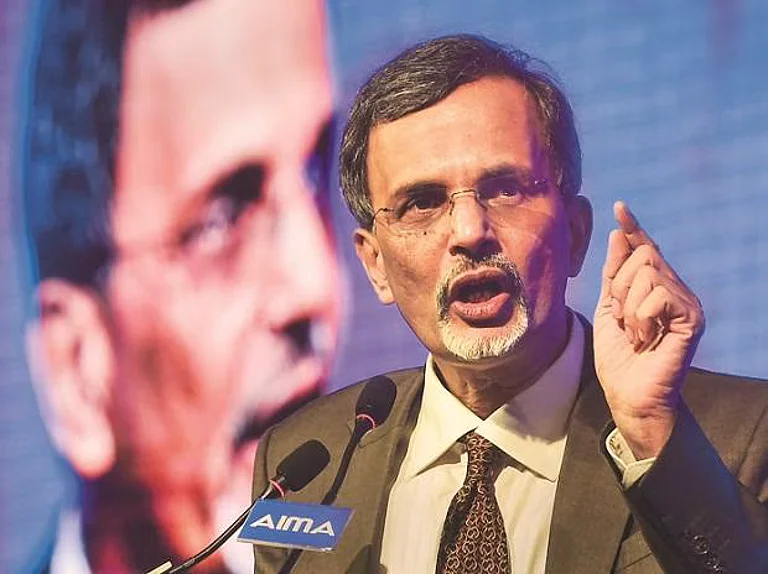There are conflicting numbers on India’s unemployment situation. Where do you stand?
On unemployment, I have no hesitation in saying that some of the negative narratives that have often been painted using poor quality data have run ahead of the actual reality. The recent RBI [Reserve Bank of India] report uses data from the KLEMS [an industry-level research project] database. From the vantage point that I occupy at the International Monetary Fund (IMF), I can say that the KLEMS database is a high-quality database. Using that data, the RBI report shows that from 2014 onwards, 12.5 crore jobs have been created.
Even if you exclude jobs created in agriculture, there are still close to 9 crore jobs that have been created. Which means, over a 10-year period, the average number of jobs created per year is about 90 lakh. Using the same data, the number of jobs created from 2004 to 2014 was far lower. The PLFS [Periodic Labour Force Survey] data also shows that unemployment rate has declined significantly, and labour force participation rate has increased, especially for women. I have no hesitation in saying that jobs are being created.
As we had highlighted in the 2018–19 Economic Survey, in an economy like ours, jobs have to be created by the private sector. There is this demagoguery that is premised on a false binary that if you are supporting companies then you are not supporting employment creation. That is not true.
In Detroit, the entire middle class was created due to three auto majors. They basically created manufacturing sector jobs after World War II and the middle class grew significantly. In the 1980s, when Infosys was founded, there were actually seven to eight founders who created the company and now they have hundreds of thousands of people working as employees.
It is important for people to know that it is the wealth creators in the economy who also create employment.
It is important for people to know that it is the wealth creators in the economy who also create employment
Despite the push towards manufacturing, we are yet to see large-scale employment. What’s holding us back?
If you look at the manufacturing sector growth in real terms, it grew at 9.9% last year. So, when the economy grew at 8.2% and the manufacturing sector at 9.9%, the green shoots are there. But we need to do more. The reason the manufacturing sector did not grow as well earlier was primarily because of policy failures.
Manufacturing basically needs land, labour, capital, power and logistics as inputs. Now on many of those inputs, the markets continue to remain distorted. We have not done as many reforms in land and labour. For instance, our labour legislation has been passed but subordinate legislation has still not been passed.
Our entrepreneurs face between 15% and 20% higher costs on these inputs compared to their global peers. If you face such higher costs across all inputs, then cumulatively your cost is basically about double that of your global peers. That is why I keep saying that for manufacturing, there is more policy work to be done.
States need to take onus and create land parcels and support the central government with the labour codes. On financing, I think that is an area where our public sector banks have improved. But they need to work on giving more credit to MSMEs [micro-, small- and medium-enterprises]. States need to recognise that instead of just focusing on reservation, which is just slicing the pie in different ways, you have to work on growing the overall pie.
Regarding manufacturing there is a fear that it is not as labour intensive as it used to be.
That is not true. There is a lot of heterogeneity in manufacturing. It is important for us to look at assembly. In the automobile sector in the late ’80s, we were doing just assembly. For the Maruti 800, the components would come from Suzuki, and we did the assembly bit. Today, we are fully backward integrated. With Hero Honda too, we were initially selling Honda bikes through Hero’s distribution. Two decades later, Hero makes its own bikes.
This is not just for India, but across the world, all countries start with assembling and then integrating later. Importantly, assembly is labour intensive. Said differently, you cannot run unless you have learned to walk. Assembling is learning to walk; it is part of getting integrated into supply chains. It is important for us to keep in mind that there is a lot of heterogeneity in manufacturing and for a labour-intensive economy like ours, we need to do labour-intensive activities as well.
We cannot talk about employment without looking at education; our budgetary allocation towards education has been stuck in limbo.
The problem is not about allocations but utilising the budget properly. It is about governance reforms. A lot of the onus, therefore, is on the states. You have to focus on teachers only teaching. They cannot be pulled out for sundry activities, which is what happens.
Not just that, there should be a focus on the quality of teaching material. Even a not-so-great teacher can teach well if the teaching materials and pedagogical techniques are improved. In education, the onus is not on increasing allocations but on utilising the budget and ensuring that governance and overall teaching is improved.











